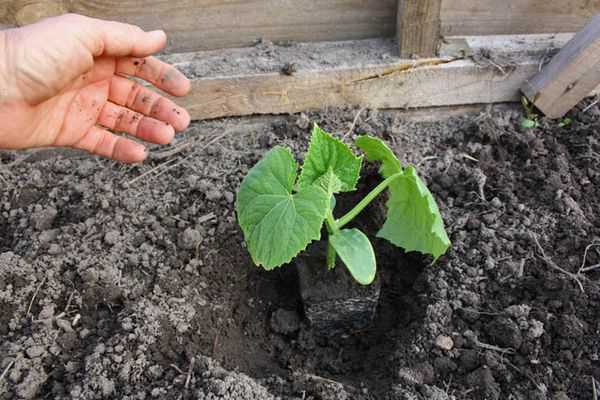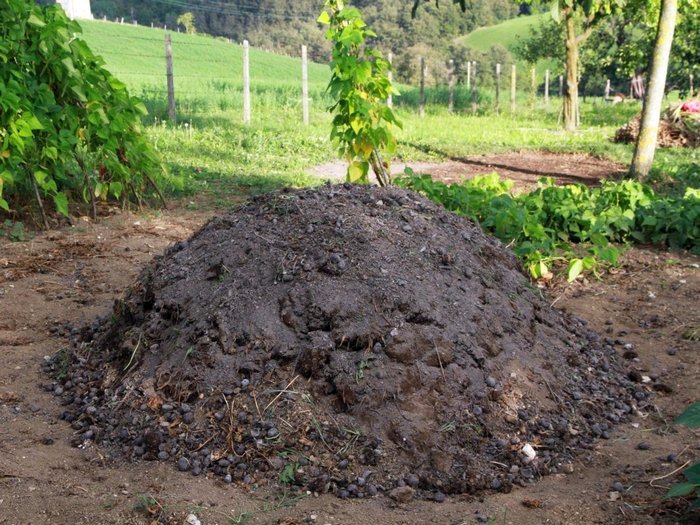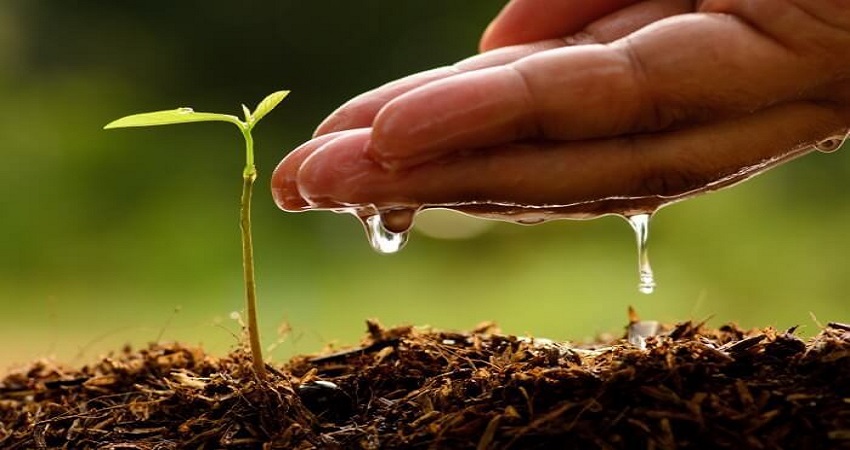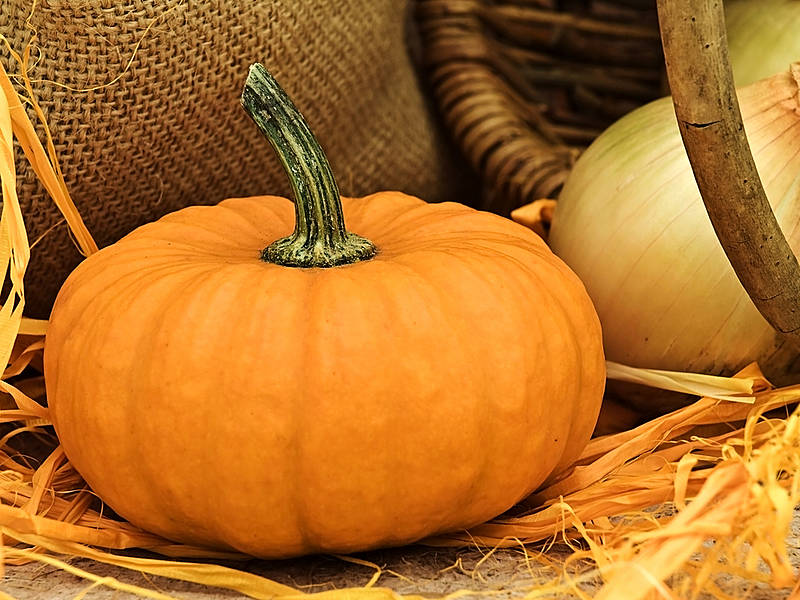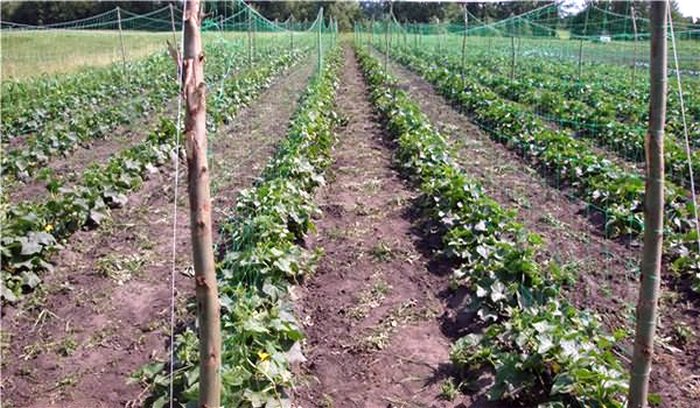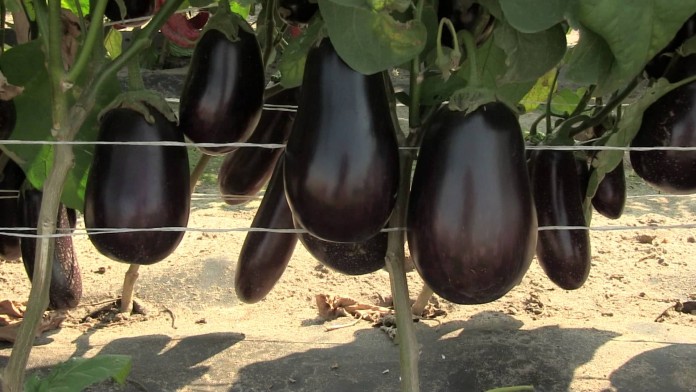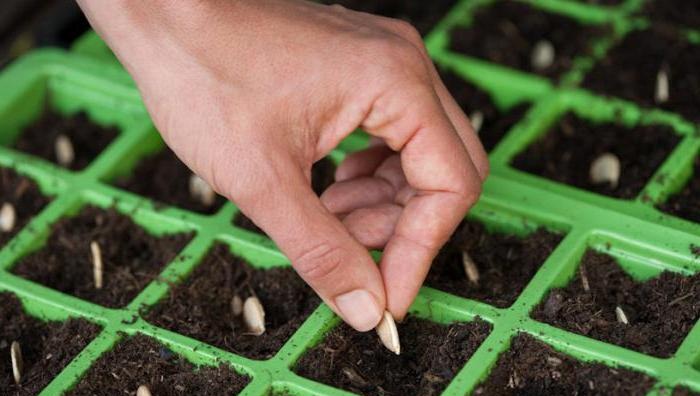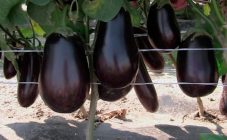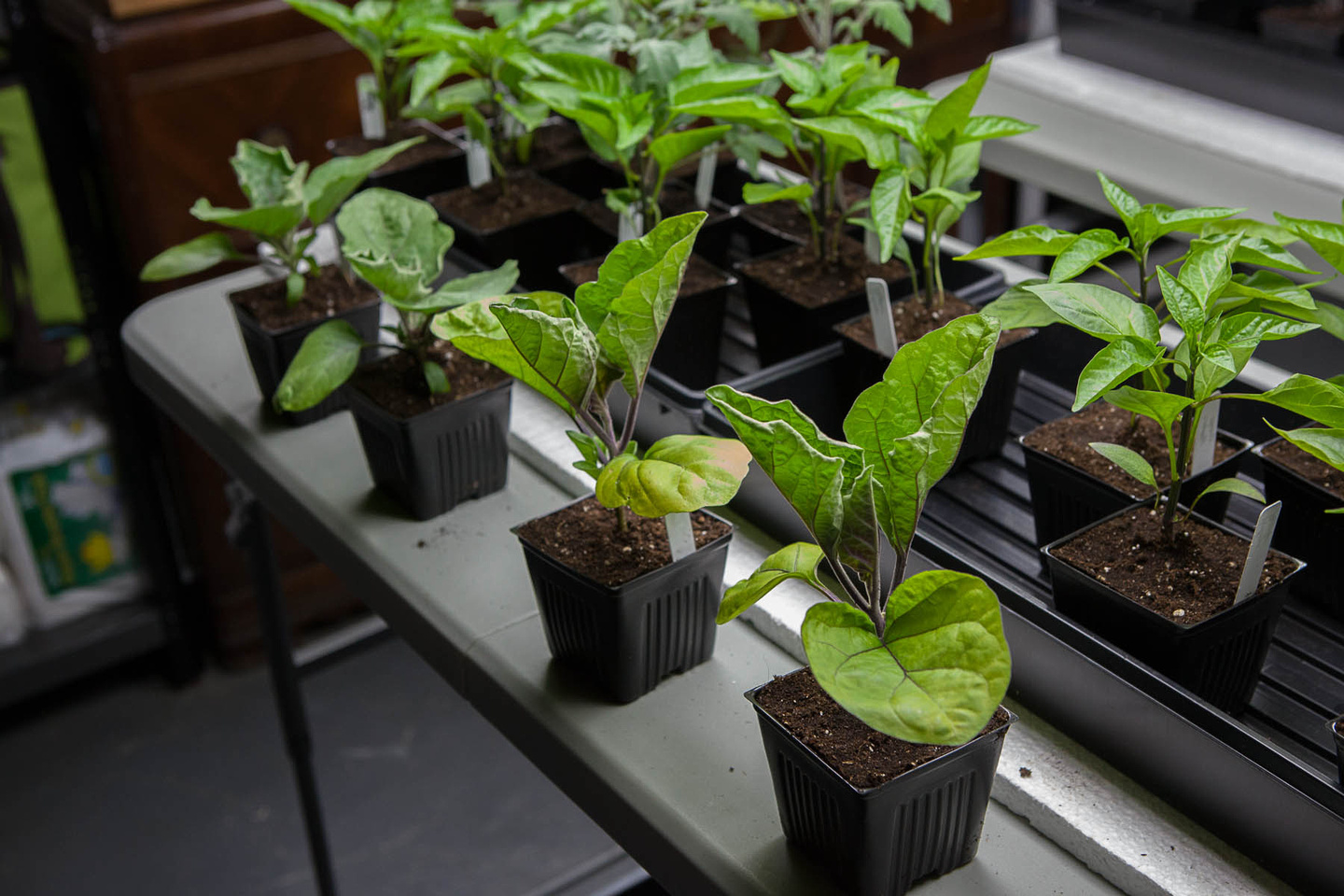Content:
To get ripe greens earlier, seedlings are usually pre-grown at home, and then transplanted into open ground. Cucumbers are also grown (through seedlings) in those regions where the summer is short and in another way the ripe fruits of this vegetable crop cannot be expected.
But this culture is very delicate, during the transplantation process, its roots may be damaged. As a result, cucumber seedlings in a permanent place get sick for a long time, adapt slowly, so there is an opinion that there is no point in pre-growing seedlings in these cases.
Why are cucumbers transplanted
It is known that all vegetable plants of the Pumpkin family do not tolerate transplanting well. This is due to the fact that they have a very delicate root system, and when transplanting, not all summer residents carefully and carefully handle young plants and often accidentally injure the roots. And if, for example, tomato seedlings in such a case "come to their senses" quickly and rarely die due to minor damage to the root system, then cucumbers or pumpkins are more tender, they can hurt for a long time, and their acclimatization in a new place can be delayed. Therefore, they should be handled more carefully.
In many regions, cucumber seeds are planted directly in open ground. However, there are times when vegetable growers pre-grow seedlings at home and then transplant them to a permanent place in open ground or greenhouses. Or they grow cucumber seedlings in greenhouse conditions, and then plant them in the beds.
Usually, cucumbers can be grown by seedlings in those regions in which the spring is long, with temperature fluctuations, and the summer is short. Therefore, when growing cucumbers in open ground with seeds, there is a risk of not getting a full harvest.
It also happens that when planting seeds in open ground, the seedlings grow too densely, in this case they also have to be planted so that the cucumber whips do not interfere with each other during the growth process.
Rules for transplanting cucumbers into open ground
How to transplant cucumbers to another place? Let's figure it out. Transplanting cucumbers into open ground is not such a difficult procedure as it seems at first glance, the main thing is to try not to damage the root system and vegetative mass of seedlings during transplantation.
First of all, you should remember when to transplant cucumbers into the soil from seedlings. Transplanting cucumber seedlings to the beds in the garden and the degree of readiness of the soil are interrelated. These heat-loving vegetable plants cannot be transplanted into cold, unheated soil. Therefore, when planting seeds in cups at home, you need to count on the fact that by the time the seedlings grow up, the earth has already warmed up.
By the time of transplantation, the seedlings should be about a month old, at least 2-3 true leaves have grown in young plants, as well as a small root system already formed. In this case, the transplant will take place without damage.
When to replant cucumbers depends on the growing region. In the south, this time may be earlier than the established date; in colder regions, the transplantation process can be postponed until the moment it gets warmer.But if there is a heated greenhouse on the site, then seedlings can be planted in it at the end of March, and seeds for seedlings can be planted already at the end of February.
The timing of disembarkation depends on the landing site:
- to a polycarbonate greenhouse - from mid-April;
- to the beds in the greenhouse - at the end of May;
- on beds without a protective film - in early June.
When transplanting cucumber seedlings into beds, the ambient temperature should be at least 17-18⸰С. If the temperature drops by 5-6 ° C, then the cucumber seedlings will slow down their growth, and then they may die.
When to transplant cucumbers into soil from seedling containers, it is clear. But first you need to prepare the ground.
Correct soil preparation
In order for the seedlings to take root well in a new place, it is necessary to prepare the soil so that the root system is not attacked by pathogenic organisms and pests.
Disinfection of the soil in the beds is carried out with a weak solution of potassium permanganate, for this 1 g of the drug is diluted in 20 liters of water and the earth is shed. This mixture destroys the larvae of "harmful" bugs. To destroy pathogenic microorganisms, in the autumn or spring, the soil can be shed with a solution of phytosporin.
Under the autumn digging, well-rotted manure or humus should be introduced into the ground. Compost can also be used.
7-10 days before transplanting seedlings, fresh manure is introduced into the beds to a depth of 6-8 cm. This is necessary so that the manure, decomposing, heats the soil without burning the root system of vegetables.
Description of the process of transplanting into open ground
Even beginner growers should know how to transplant cucumbers into a permanent place. Seedlings of cucumbers are not transplanted, but overloaded. This is done as follows: plants from plastic cups are carefully transferred into planting holes along with an earthen lump. In the process of such transplantation, the root system is not injured, and as a result, the plants practically do not get sick and quickly take root in a new place.
Plants are planted in the ground in the following ways:
- ordinary - while the width between the rows is about 0.7 m;
- tape - seedlings are placed in rows, while the distance between them is at least 0.8 m;
- wide rows - seedlings are located at a distance of 0.3 m from each other, and the distance between rows is at least one meter.
An earthen clod with a seedling is not planted too deeply - the top layer of this clod should be at ground level. If the plants are buried in cotyledon leaves, then the roots begin to rot.
The selected area for the beds should be in a sunny place where there is no strong wind. Cucumbers grow worse in the shade. Usually, the transplant process is carried out on cloudy days or in the evening.
But if the cucumbers grew in containers, then the soil is watered before transplanting, then each plant is dug up with a small spatula and transferred to a prepared hole, into which water is previously introduced. After transplanting, the soil is carefully compacted and watered again. A layer of mulch (straw or dry soil) can be added on top.
Growing and caring for seedlings
When growing seedlings at home, you need to prepare the soil and containers for planting. You should usually plant cucumbers in cups for seedlings 30 days before transplanting them to their permanent location.
What kind of soil can be taken for growing is up to the summer residents themselves.You can buy ready-made in a specialized store, or you can cook it yourself by mixing turf soil, compost, river sand and peat in equal parts. And some vegetable growers have adapted to plant cucumber seeds in peat tablets, and in the phase of 2-3 permanent leaves to plant seedlings together with these tablets in a permanent place.
When planting cucumbers for seedlings in cups, they should be filled with soil not to the top, leaving 1-1.5 cm empty from the edges. The depth of planting cucumber seeds in cups is 1.5-2 cm. A layer of drainage material should be placed on the bottom.
When growing cucumbers in containers, remember that there should be no dense seedlings.
After planting the planting material in containers, they should be covered with polyethylene and placed in the lightest and warmest place in the house. With proper sowing, the seeds should germinate in 7-9 days. So that the seeds can sprout faster, they must be pre-soaked.
Further care for the seedlings of cucumbers consists in regular watering, applying additional fertilizing (twice before replanting the plants to a permanent place). Watering is the main thing in seedling care. It is better to water the plants from a spray bottle so as not to damage the plants.
Seedlings need to be hardened 10-12 days before transplanting. They need to be taken out to the balcony for a short time at first - for 15-20 minutes, gradually increasing the time the plants stay in the fresh air.
Tips from seasoned gardeners
It is not enough just to plant cucumber seeds for seedlings in fertile soil. In the future, it is necessary to irrigate on time, which should be regular, but not plentiful. It is important that the topsoil is constantly moist. Also, when growing seedlings, it is necessary to maintain a constant indoor temperature (about 19-20 19C) and a humidity of about 65%.
You can feed the seedlings with nitrofos, and after 10-14 days - with a complex mineral fertilizer.
It is important that when growing seedlings and after transplanting them to a permanent place, there is no sharp drop in air temperature. To protect plants from frost and cold snaps, after transplanting into open ground, arches are installed over the beds, onto which the covering material is pulled. The greenhouse can be opened during the warm time of the day, and closed on cold nights, because low temperatures are harmful to cucumbers.
In order for the cucumber seedlings to grow healthy and strong, and the volume of the crop to please you at the end of the season, you need to follow the rules that were given above.
